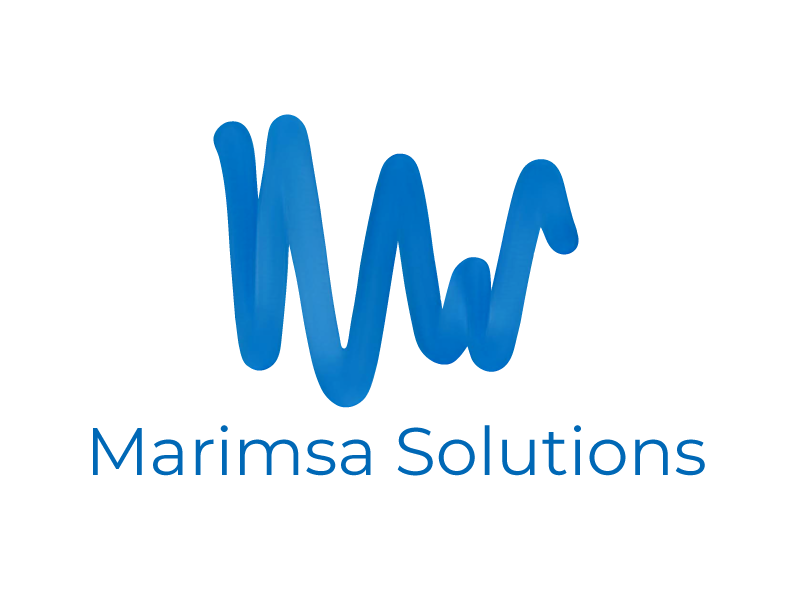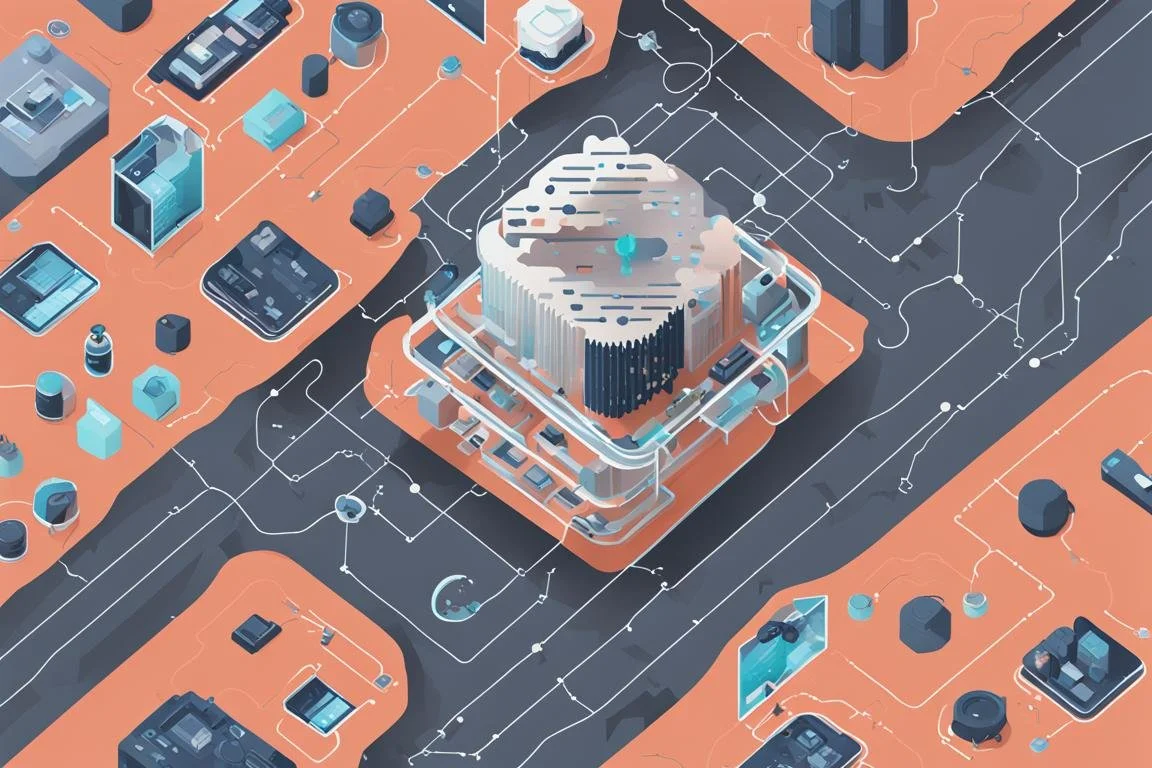Rise of RAG: Making AI Smarter
The Rise Of RAG Ai generated image
Large Language Models (LLMs) have shown remarkable capabilities, but they come with an inherent limitation: they can only work with the information they were trained on. Retrieval-Augmented Generation (RAG) has emerged as an elegant solution to this challenge, fundamentally changing how AI systems access and utilize information.
Beyond Static Knowledge
The core innovation of RAG is its ability to separate an AI's knowledge base from its reasoning capabilities. Traditional LLMs like GPT-4, Claude, or Llama 2 have their knowledge "baked in" during training. RAG, on the other hand, allows these models to dynamically access external information before generating responses.
This separation is crucial because it means the system's knowledge can be updated without retraining the entire model. When you consider that training a large language model can cost millions of dollars and take months, the practical implications become clear.
How RAG Works
At its simplest, RAG operates in three steps:
Retrieval: When given a query, the system searches through its knowledge base for relevant information
Augmentation: The retrieved information is added to the context window of the LLM
Generation: The LLM generates a response using both its trained capabilities and the retrieved information
The magic happens in how these steps work together. Modern RAG systems use sophisticated embedding models to understand the semantic meaning of both the query and the stored information, enabling them to find relevant information even when the exact wording doesn't match.
Real-World Impact
The applications of RAG are transforming various industries in fascinating ways:
National Security Analysis: Dealing with the Reality of Messy Data
Analysts dealing with vast document repositories are using RAG to connect disparate pieces of information. The system can pull relevant details from thousands of documents in seconds, finding connections that might take humans days or weeks to discover
National Security analysts don't work with neat, clean databases. Instead, they face a chaotic mix of data: photographs of handwritten notes, scanned PDFs with coffee stains, screenshots of text messages, partial email threads, corrupted document files, and file formats from decades-old systems. RAG systems need sophisticated pre-processing to handle this messy reality.
The Challenge of Real-World Data
A typical dataset might include:
Photos taken of computer screens showing spreadsheets
Scanned documents with highlighting and handwritten margins
Text extracted from damaged storage devices
Screenshots of chat conversations
Documents with mixed languages in the same paragraph
Files with encoding issues from legacy systems
Partial documents where some pages are missing
Multiple copies of the same document with slight variations
Building Robust Pre-Processing Pipelines
To handle this chaos, modern RAG systems employ multiple specialized models in their pre-processing pipeline:
Handling Uncertainty
When dealing with messy data, certainty is rarely absolute. Modern RAG systems need to:
Track confidence levels for extracted information
Maintain multiple possible interpretations when data is ambiguous
Flag potential issues for human review
Document assumptions made during processing
Real-World Example
Here's how this might work in practice:
Data is processed through a data cleaning pipeline:
A photo of a handwritten note
Several PDFs with overlapping content
Screenshots of WhatsApp messages
Excel files with encoding issues
Detect important data with small inexpensive models
The system processes each item:
Uses Microsoft’s Phi 3 model for handwriting OCR
Extracts text from PDFs while preserving annotations
Processes screenshots with specialized models for chat formats
Repairs and normalizes corrupted spreadsheet data
Send possible important information to the higher cost more accurate models
During analysis:
Flags potential duplicates but preserves unique context from each copy
Maintains confidence scores for extracted text
Links related content across different formats
Identifies which pieces might need human verification
Dealing with Context Loss
One of the biggest challenges is preserving context when processing messy data. Modern RAG systems need to:
Maintain relationships between document elements
Track the source and context of each piece of information
Preserve metadata even when file formats change
Link related information across different document types
Continuous Improvement
The system gets better over time by:
Learning from human corrections
Building libraries of common document formats
Improving handling of specific types of corruption
Adapting to new data sources and formats
The key to successful RAG implementation in intelligence analysis isn't just having sophisticated models - it's building robust systems that can handle the messy reality of real-world data while maintaining accuracy and traceability. This requires a careful balance of multiple specialized models, each optimized for specific types of data cleanup and extraction.
Travel and Hospitality
Modern travel planning systems are using RAG to revolutionize the concierge experience. These systems can synthesize information from multiple sources - pulling together flight schedules, hotel reviews, local events, and even weather patterns to create coherent travel recommendations. What's particularly interesting is how they can handle complex queries like "Find me a kid-friendly resort with good surfing nearby" by combining information about wave conditions, children's programs, and resort amenities.
Digital Asset Markets
The intersection of RAG with cryptocurrency and digital art markets has produced some fascinating applications. Systems can now track NFT valuations by combining historical sales data with real-time social media sentiment and market trends. For DeFi applications, RAG systems are being used to analyze smart contracts and protocol risks by combining historical vulnerability data with current network conditions.
Technical Considerations
Building effective RAG systems involves several key technical challenges:
Vector Databases
The efficiency of retrieval depends heavily on how information is stored and indexed. Vector databases like Pinecone or Weaviate have become crucial tools in RAG architectures, enabling fast semantic search across millions of documents.
Chunking Strategies
How you split documents into chunks for embedding can significantly impact retrieval quality. Too small, and you lose context; too large, and you miss specific details. Finding the right balance often requires experimentation.
Context Window Management
With limited context windows in current LLMs, deciding what information to include becomes crucial. Some systems are implementing sophisticated ranking and filtering mechanisms to select the most relevant information.
Looking Forward
The field is evolving rapidly, with several exciting developments on the horizon:
Multi-modal RAG systems that can work with images and text together
Hierarchical retrieval systems that can handle more complex reasoning tasks
Self-updating knowledge bases that can maintain their own relevance and accuracy
The Road Ahead
While RAG has already proven its value, we're still in the early stages of understanding its full potential. As vector databases become more sophisticated and LLMs continue to evolve, we can expect to see increasingly powerful applications of this technology.
The key challenge moving forward will be balancing the power of these systems with practical considerations like latency, cost, and accuracy. But one thing is clear: RAG represents a fundamental shift in how we think about AI systems and their relationship with information.

